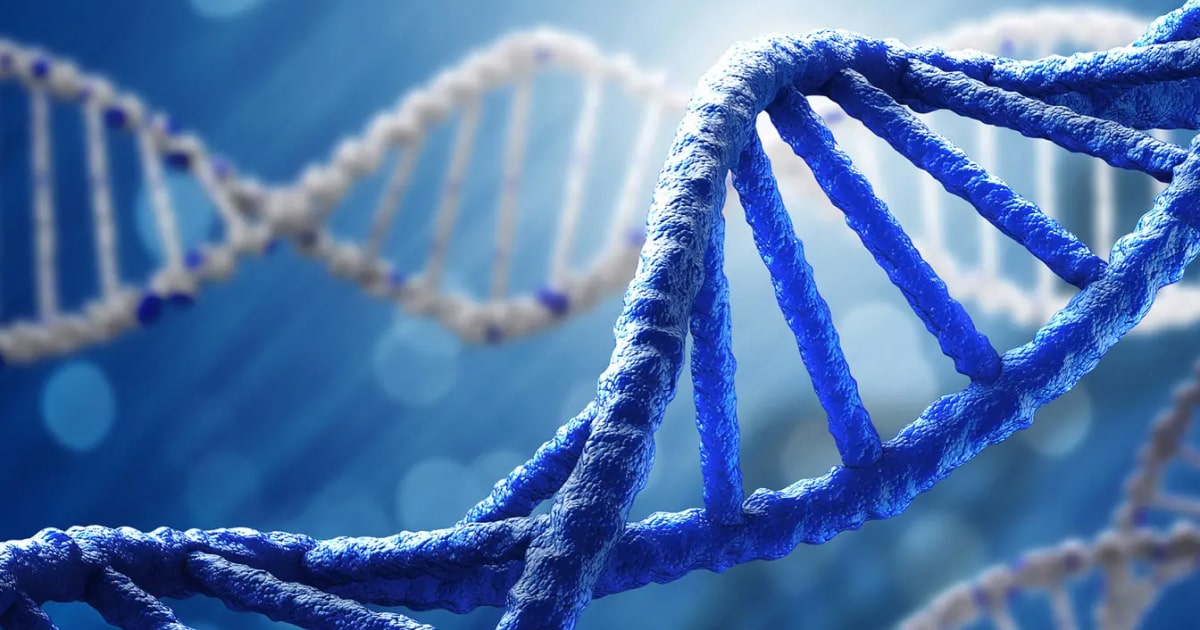
Expert Reviewed By: Dr. Brandon Colby MD
Cleidocranial dysplasia 1, forme fruste, with brachydactyly is a rare genetic disorder that affects the development of bones and teeth. This condition can lead to a variety of symptoms, such as abnormal bone growth, dental abnormalities, and short fingers (brachydactyly). Understanding and diagnosing this disorder is essential for managing its symptoms and improving the quality of life for those affected. In recent years, genetic testing has become increasingly useful in identifying the cause of this disorder and guiding treatment options.
What is Cleidocranial Dysplasia 1, Forme Fruste, with Brachydactyly?
This genetic disorder is characterized by a combination of skeletal and dental abnormalities. The term "forme fruste" refers to a milder form of the disorder, while "brachydactyly" describes the shortening of fingers and toes. Some of the common features of this condition include underdeveloped or absent collarbones (cleidocranial dysplasia), delayed closure of the skull bones (craniosynostosis), and dental abnormalities such as missing or extra teeth.
Individuals with this disorder may also have other skeletal abnormalities, such as short stature, scoliosis, and joint problems. The severity of symptoms can vary widely among individuals, even within the same family. This variability can make diagnosis and treatment challenging.
Diagnosing Cleidocranial Dysplasia 1, Forme Fruste, with Brachydactyly
Diagnosis of this disorder typically begins with a thorough physical examination and a review of the individual's medical and family history. Imaging studies, such as X-rays and CT scans, can help identify characteristic skeletal abnormalities. Dental examinations and X-rays can also reveal dental abnormalities associated with the disorder.
While these diagnostic tools can provide valuable information, genetic testing has become an essential tool in confirming the diagnosis of cleidocranial dysplasia 1, forme fruste, with brachydactyly.
Genetic Testing for Cleidocranial Dysplasia 1, Forme Fruste, with Brachydactyly
Genetic testing involves analyzing an individual's DNA to identify specific genetic mutations associated with a disorder. In the case of cleidocranial dysplasia 1, forme fruste, with brachydactyly, mutations in the RUNX2 gene have been identified as the primary cause of the disorder. This gene plays a crucial role in the development and maintenance of bones and teeth.
Several types of genetic tests can be used to identify mutations in the RUNX2 gene. These include:
- Targeted mutation analysis: This test focuses on specific mutations in the RUNX2 gene known to cause cleidocranial dysplasia 1, forme fruste, with brachydactyly.
- Sequence analysis: This test examines the entire RUNX2 gene to identify any mutations that may be causing the disorder.
- Deletion/duplication analysis: This test looks for larger changes in the RUNX2 gene, such as deletions or duplications, which can also cause the disorder.
Benefits of Genetic Testing
Genetic testing can provide several benefits for individuals with cleidocranial dysplasia 1, forme fruste, with brachydactyly and their families:
- Confirmation of diagnosis: A positive genetic test can confirm the diagnosis of cleidocranial dysplasia 1, forme fruste, with brachydactyly, allowing for appropriate treatment and management of the condition.
- Identification of at-risk family members: Genetic testing can help identify other family members who may be at risk for the disorder, enabling early intervention and management of symptoms.
- Guidance for family planning: Couples with a family history of the disorder can use genetic testing to better understand their risks of having a child with cleidocranial dysplasia 1, forme fruste, with brachydactyly and make informed decisions about family planning.
In conclusion, understanding and diagnosing cleidocranial dysplasia 1, forme fruste, with brachydactyly is essential for managing its symptoms and improving the quality of life for those affected. Genetic testing has become an invaluable tool in identifying the cause of this disorder and guiding treatment options. As our understanding of the genetic basis of this disorder continues to grow, so too will our ability to provide targeted, effective care for those living with cleidocranial dysplasia 1, forme fruste, with brachydactyly.
About The Expert Reviewer
Dr. Brandon Colby MD is a US physician specializing in the personalized prevention of disease through the use of genomic technologies. He’s an expert in genetic testing, genetic analysis, and precision medicine. Dr. Colby is also the Founder of and the author of Outsmart Your Genes.
Dr. Colby holds an MD from the Mount Sinai School of Medicine, an MBA from Stanford University’s Graduate School of Business, and a degree in Genetics with Honors from the University of Michigan. He is an Affiliate Specialist of the American College of Medical Genetics and Genomics (ACMG), an Associate of the American College of Preventive Medicine (ACPM), and a member of the National Society of Genetic Counselors (NSGC)